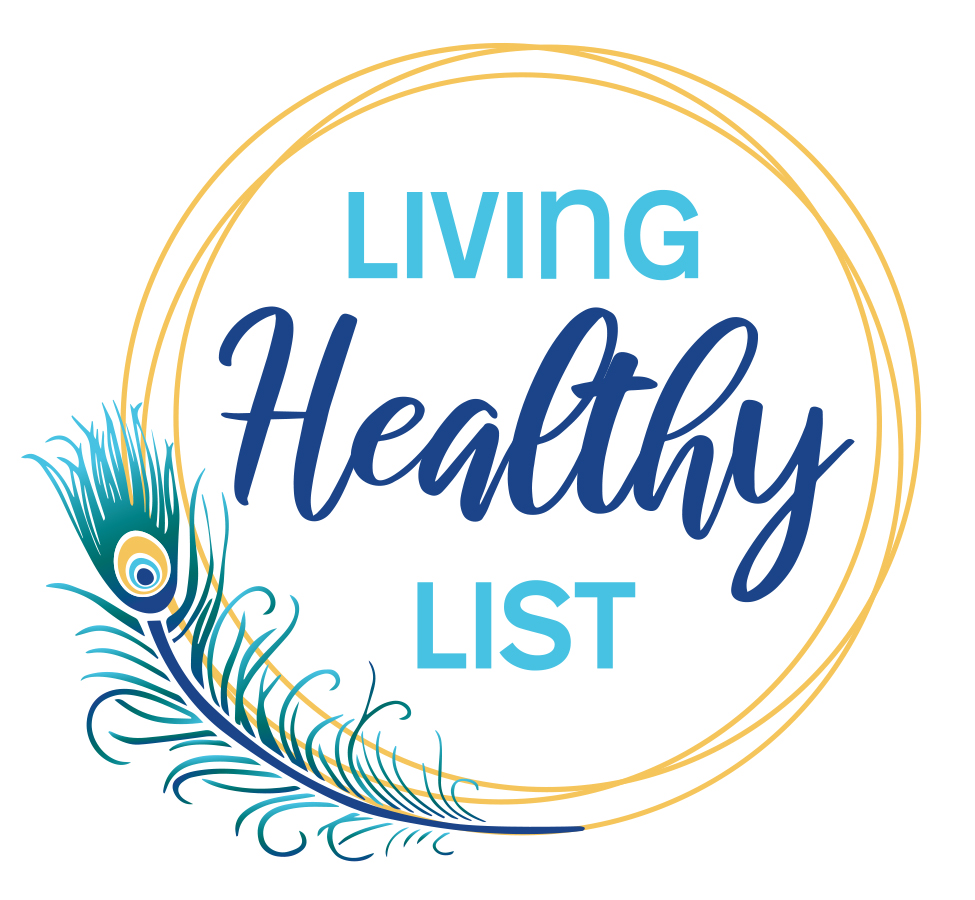Staci Witten, ACC, CPLC
Starting a job or career search can be a stressful and overwhelming process. You have to know why you want to change jobs, explore and decide what you want to do, research target companies and industries, write or revise your resume, create or update your LinkedIn profile, prepare for interviews, and more. For today, we are going to explore one component of the process –your resume.
We all know that when you write or update a resume, you have certain information you must include and guidelines to follow. For instance:
• List your contact information
• Share your work experience
• Communicate your skills
• Provide your education background
Although this information is extremely valuable, how you tell your story is priceless!
After many years of reviewing, writing and revising thousands of resumes, I’ve seen what does and doesn’t work. The goal of a resume is to get the interview. You will either stand out as the candidate that must be interviewed, or blend into the many resumes that an organization receives. Since you are reading this, more than likely you want to stand out and get the interview! If you implement these tips, you increase your chances of moving on to the next phase of the hiring process.
When creating an extraordinary resume, you must keep in mind your reader will either be an applicant tracking system (ATS) or a human. Therefore, you are writing your resume for two audiences. You want your resume to be processed appropriately by software, as well as visually appealing and readable for a hiring manager or human resources professional.
The following 15 tips will assist you in transforming your resume from ordinary to extraordinary while taking your audience into consideration.
1. Bye-bye Template….Hello Originality!
You are extraordinary and one-of-a-kind! Therefore, your resume should be original. So many templates are out there, but most of them are outdated or they have been overused. Modify a template or create your own. Tell your story and make enhancements as simple as editing the subtitle formatting, changing the fonts, and re-formatting the header.
2. Your Contact Information
In today’s digital world, most experts advise not to share your address on your resume. Instead, use the space to share your contact email and your personalized LinkedIn profile URL. The only exception is when the potential employer specifically requests that your mailing or residential address be included on your resume.
Be sure to label your phone numbers (cell, home, etc). And, list phone numbers that have a professional outgoing message. It’s fun to hear a catchy rhyming message from a child, but when you are searching for a job, you want your future employer to hear your professionalism.
3. Your Email Address
Remember you are creating your brand and making a first impression. Therefore, partychick@yahoo.com or mommyloveswine@hotmail.com is not a good idea. Your email address needs to be professional, perhaps including your first and last name or initials. Keep it professional.
If you can not secure just your name, use a variation with underscores or numbers. Here are some examples:
SarahSmith@gmail.com SarahSmith67@gmail.com Sarah_Smith@gmail.com
4. Just Say No to the Outdated Objective
I’m absolutely amazed at how many objective statements I see on resumes. Some colleges are still teaching this outdated resume content.
Here’s an example:
________________________________________________________________________________________________________________________________________________________________________________________________
Objective
To obtain a financial executive position within a growing company where I can contribute my leadership and management experience.
VS.
Professional Profile
Financial Executive with over 10 years in providing leadership to accounting teams and organizations. Experience partnering with CEO’s and divisional managers in order to build and achieve company goals. Oversee long-term budgetary planning and costs management in alignment with the company’s strategic plan. Strong background in acquisitions and due diligence. Development and execution of business initiative analysis and capital budgets. Successful financial management of organizations with $10 Million in assets and achieving $20 Million in revenue.
* Executive Management * Strategic Planning & Development * Financial Planning & Analysis
* Planning, Policy & Investor Relations * Accounting & Administration Management * Corporate Development
* Accounting Team Leadership * Budget Development & Implementation * Acquisition Management
________________________________________________________________________________________________________________________________________________________________________________________________
Here’s the thing…the ’80s called and they would like their objective back. (Just kidding, well sort of.) Seriously, instead of an archaic objective statement, create a Professional Summary or Executive Summary section. There are two steps included in the summary: a paragraph highlighting what you offer and keywords or phrases.
For the summary paragraph, write a few sentences highlighting your expertise and accomplishments. Keep in mind you are summarizing and sharing why your experience and success will be of value to the organization.
Next, review the job description carefully and find the keywords and phrases. List bullets and relevant keywords or phrases that demonstrate why you are right for the specific position. Check out the examples below of keywords and phrases that can be tailored based upon a specific job description. (More on keywords and phrases later.)
5. First Impression
Studies have shown that you have seven seconds to capture the reader’s attention. You always want to create a positive first impression. Therefore, the top one-third of your resume is critical. You want the information to capture your reader’s attention so they will want to learn more about you. You want to be put in the YES pile so your phone will ring and you get the interview!
As mentioned earlier, the top one-third of your resume should include your contact information, Professional Summary, and relevant keywords or phrases. If it helps tell your story, include a list of Key Professional Accomplishments with metrics below the keywords. Throughout the top third of the page, you want to make sure you have relevant information with measurable accomplishments that pop off the page.
Captivate your audience by including your most significant and relevant achievement in your professional summary. Within each position description, list your most applicable and noteworthy accomplishments first. Create curiosity by making your reader want to keep reading and learning more about you!
Bonus tip: Use numbers, percentages (%), and dollars ($). They pop off the page and capture the reader’s attention.
6. Your Professional Accomplishments
After your Professional Summary, you want to provide your Professional Experience and Accomplishments. Often, I see a regurgitated job description for each position listed. (YAWN!) I also see statements with the phrase “proven track record.” Instead, you need to tell your professional (and relevant) story by listing successes proving your track record. List measurable accomplishments and metrics from current and previous positions. Remember, numbers catch the reader’s attention!
Here are some helpful hints you can use as you gather your information to include in your resume:
• Look at your performance reviews. Review measurable achievements.
• Ask how others (peers, supervisors, etc) value your accomplishments.
• Think measurable successes and use metrics. Quantify your accomplishments by using numbers, dollars, and percentages.
• Keep in mind that descriptions of accomplishments have more of an impact than a list of job tasks.
7. Energetic and Powerful Words
Make sure you are using powerful and energizing words. For instance, rather than using “responsible for” or “duties include,” choose stronger words such as “managed” or “supervised”. Here are some more suggestions:
Created
Designed
Implemented
Maintained
Administered
Accomplished
Provided
Coached
Mentored
The Muse has a list of powerful verbs that will give your resume some punch!
8. Resume Grammar
There are a few resume grammar rules to keep in mind:
Write in the first person, but omit and avoid pronouns such as “I”, “me”, “my.”
When discussing your current position, start your bullet statements using use action verbs ending in “ing.” (Examples: Designing, Directing, Administering, Managing, Supervising, Performing)
As you describe previous positions and past accomplishments, begin your bullet statements using past tense verbs: (Examples: Negotiated, Coordinated, Created, Initiated, Established, Targeted)
9. Be Relevant!
Look closely at the job description for which you are applying. Make sure you include relevant information that relates to the position.
Highlight the keywords within the job description. Then, use those words throughout your resume. Below is an excerpt from an SWP Associates, Inc. client’s job description.
10. The Last 10 to 15 Years
You may have 30 years of experience. That’s great! However, in most cases, you will want to show only your last 10-15 years of professional relevant experience on your resume. Once you have the interview, you may share more of your professional background. You can also share earlier experience on your LinkedIn profile.
11. A Few Words About Education
If you have graduated from college or you have been working for a few years, you should not list your high school information. Instead, list your college education, certifications, and training relevant to your professional story.
If you earned a college degree or attended college five or more years ago, list your college and degree(s), and city/state only. As a basic rule, only list your graduation date on your resume if you are a recent graduate.
Did you graduate with a 4.0 and have several years’ professional experience? Congratulations on having an outstanding grade point average (GPA). But, do you consider yourself as an established professional? If so, focus on telling your story by sharing your professional accomplishments rather than your GPA. One of my pet peeves is seeing a professional with over 10 years of experience share his 4.0 GPA. I’m more interested in his professional accomplishments and learning how he can contribute to an organization.
12. References Come Later
Like the Objective statement, “References Available Upon Request” is also outdated.
If you think about it, the potential employer knows you have references. When they ask, of course, you will provide a list of several former managers, colleagues and/or mentors that will elaborate about your successes and awesomeness. Therefore, your resume does not need a reference section.
Instead, save that prime real estate for sharing other components of your professional story. An extraordinary resume uses the space for accomplishments.
13. Does Your Font Fit?
An extraordinary resume is readable. The font size should be large enough to read without a magnifying glass. You can choose from many universal fonts, the sizes among the various fonts will vary. Remember the body of your resume is not the place to get too fancy or frilly. Your content and story will catch their attention.
Use a font that is easy on the eyes and readable by ATS. Fonts such as Ariel, Calibri, Garamond, Georgia, Tahoma, or Verdana work great. Although Times Roman is a widely used font, it is overused and considered outdated as well as predictable.
Don’t judge by your computer screen. Print your resume and look at it making sure your font selection and size, as well as overall presentation, are readable.
14. The Outdated One-Page Resume
The one-page resume for an experienced professional is unrealistic and outdated. In order to list the story of your accomplishments in a font size that can be read without a magnifying glass, more than likely you will need more than one page to tell your story. A two-page resume is acceptable as long as you are including relevant information. Depending on your professional experience, you may require three pages or more. As mentioned in #5 First Impression, capture your reader’s attention within the top third of your resume so they will want to read page two.
15. Proofread!
Proofreading sounds like an obvious step, right? Well, it’s amazing how many professionals forget this step. An extraordinary resume has been proofed several times. Words are spelled correctly while punctuation and formatting are consistent.
Make sure your contact information is correct! When one client came to me for coaching and job search training, she said she was not getting any interviews. During the first few minutes of working together, I reviewed her contact information and the email had a typo. Once it was corrected and we fine-tuned her resume and search approach, she had an offer within less than 30 days of working together!
After you proof your resume, ask someone else to proofread it. A set of fresh eyes may catch something you may have missed.
Remember, you are unique and have a professional story. How you share it is an important factor in a job search. Apply these tips and transform your resume from ordinary to extraordinary.

Staci Witten is a Certified Professional Life Coach (CPLC) and speaker specializing in the areas of career, leadership, and achieving work- life balance. Coach Staci works with professionals to rediscover, reclaim and redefine success for life and career. She helps motivated people explore and discover an answer to the question, “What’s next?” She is a former HR executive with over 20 years experience, including creating and rebuilding HR departments. She also has an extensive background in recruiting as well as successful business ownership. Coach Staci applies her experience and expertise as she partners with clients, helping them transition careers, pursue that next level in their career, or venture into entrepreneurship. She believes faith is important in career transition as well as a strong resume, searchable LinkedIn profile, and networking.
She is an International Coach Federation (ICF) Associate Certified Coach (ACC) and earned her CPLC credentials from the Christian Coach Institute. She is a Licensed Get Clients Now! (TM) Facilitator and currently coaches businesses on creating and implementing marketing strategies.
In addition, her experience also includes successfully creating businesses, speaking and facilitating, conducting national executive talent searches, strategic planning, business development consulting, training and development, and developing media and marketing campaigns. Coach Staci has experience assisting companies and individuals with developing online and searchable professional identities. She is the President of SWP Associates, Inc (www.SWPCareers.com) , a national talent search and career coaching firm.

